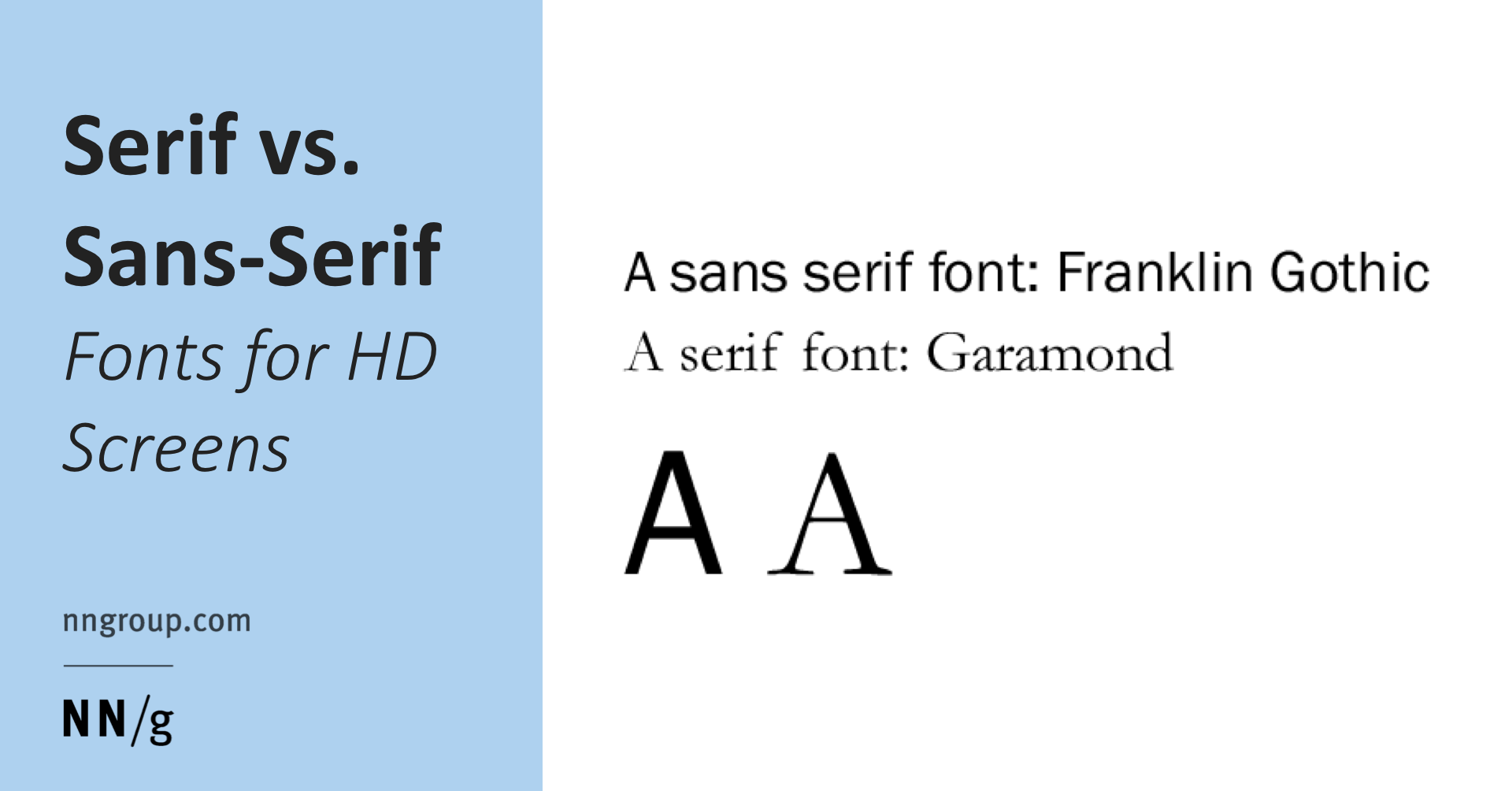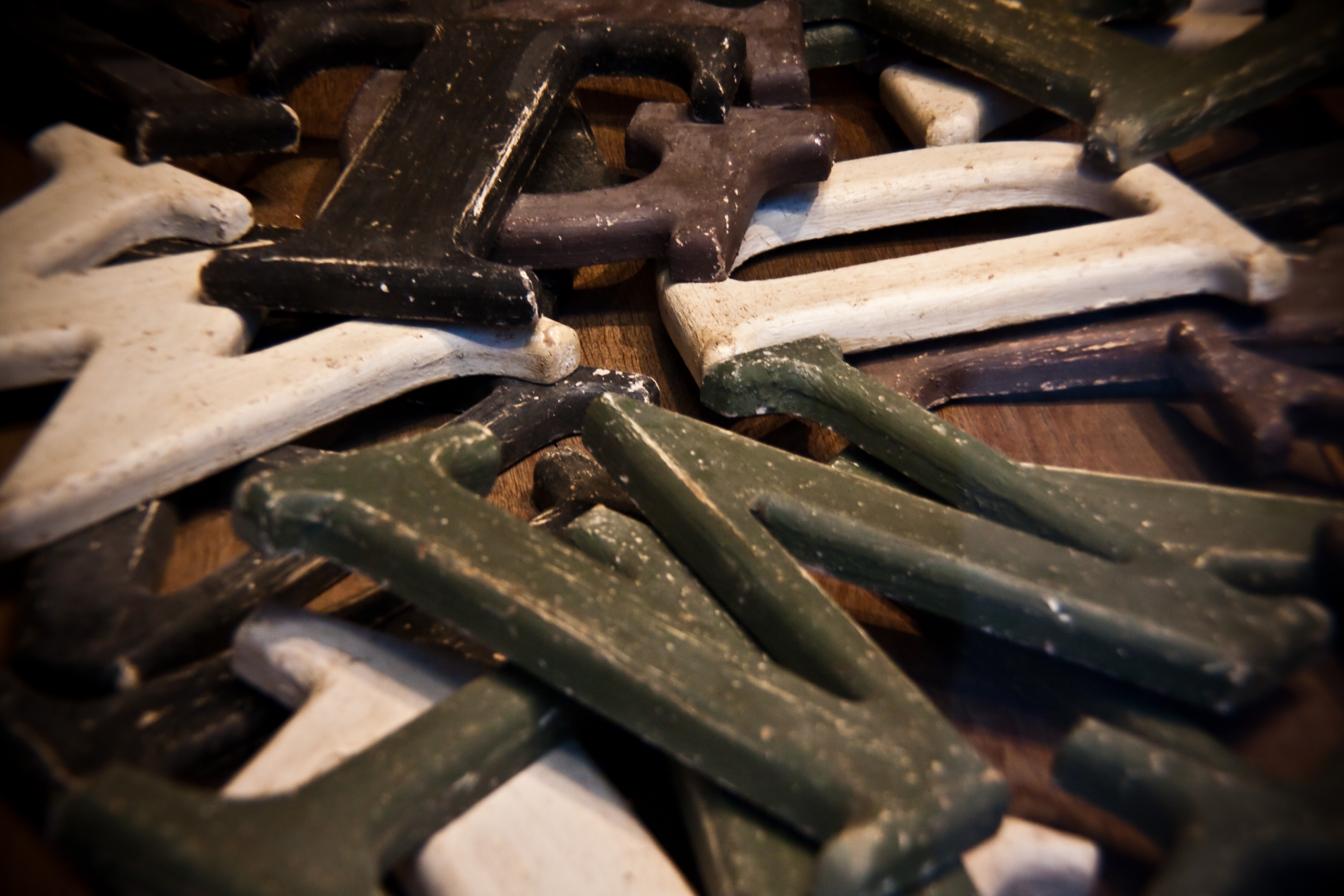
We can find examples in ancient Mesopotamia, where clay cylinder seals were engraved with financial transactions, official signatures, and even protection ‘devices’. Also, don’t be afraid to share your fancy, new knowledge when using Microsoft Word next time you’re at work.Although we tend to think of typography as a relatively modern invention, the practice of imprinting symbols into soft or malleable surfaces has been around for thousands of years. Now when you go to design or redesign your website with us and you want to change your font or typeface, you’ll know which lingo to use. If a designer is really offended by you using the wrong term they’re probably just trying to be a smarty pants. Most people unknowingly already use font and typeface interchangeably, so it really doesn’t matter which you use when talking to designers. But if you’ve learned anything from above, you’re really picking out a typeface and not a font.
TYPEFACE VS FONT SOFTWARE
Almost all computer users are familiar with the software and it’s option to pick different fonts. Well if you really want to you can blame Microsoft. So why do we seem to refer to all of them as fonts instead of typefaces? The font is all of the variations of the model, for example: red, 2013, four door. In short: The typeface is the model (type) of car you drive, for example: Explorer.

Are you following me? And if you still don’t understand what a font and typeface are… So, normal Times New Roman in 24 point would be a different font than normal Times New Roman in 72 point. Whereas a font described a subset of blocks in that typeface, but each font had a specific size and weight.įor example, italicized Helvetica at 14 point was a different font than bolded Comic Sans 12 point.

Helvetica from the example would be the typeface it described all of the thousands of metal blocks a printer might have on hand designed with the same basic principles. The analog practice of printing is where we get the terms font and typeface. So, if you wanted to print Helvetica, for example, you needed different blocks for every different size (12 point, 14 point… you get the idea) and weight (bold, light, medium). Printers (speaking of people, not the digital things we have today) needed thousands of physical metal blocks, each with different characters facing outward. This was similar to how today’s newspapers are made (yes come people still get printed newspapers – I personally read the funnies and find them great for things like starting fires and craft projects but I digress). Every page was set out in frames with metal letters that were rolled in ink and then pressed down onto a clean piece of paper.

Once upon a time in a pre 1960 world, we had analog printing- you know, where everything was done manually back before technology took over. So I talked with our designers, did some research and now I get to share my new knowledge with my blog friends! What’s the difference between font and typeface? Shoot, before a month ago I didn’t even know what a typeface was or what it had to do with a font. Wait, is it font or typeface? Typeface? What in the world is a typeface? You may be asking yourself these questions right now, and that’s completely normal for non-designers. When creating a design that includes copy (words), there’s always going to be the question of which font to use.

Nonprofit Marketing with Purpose Podcast.Construction Marketing with Purpose Podcast.


 0 kommentar(er)
0 kommentar(er)
